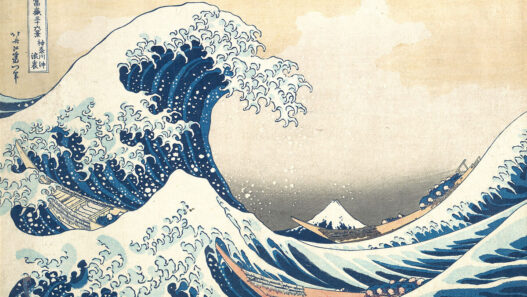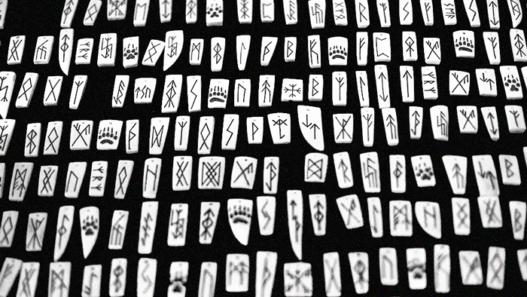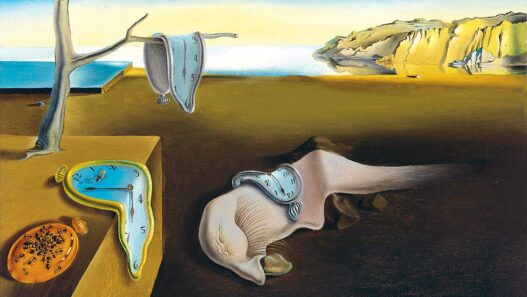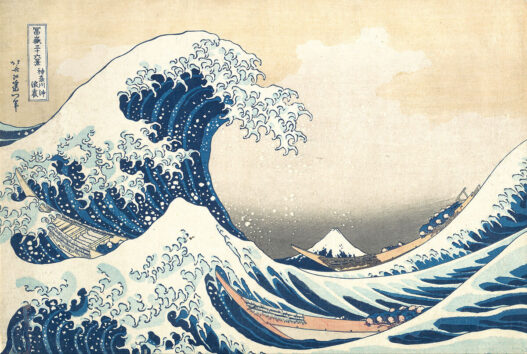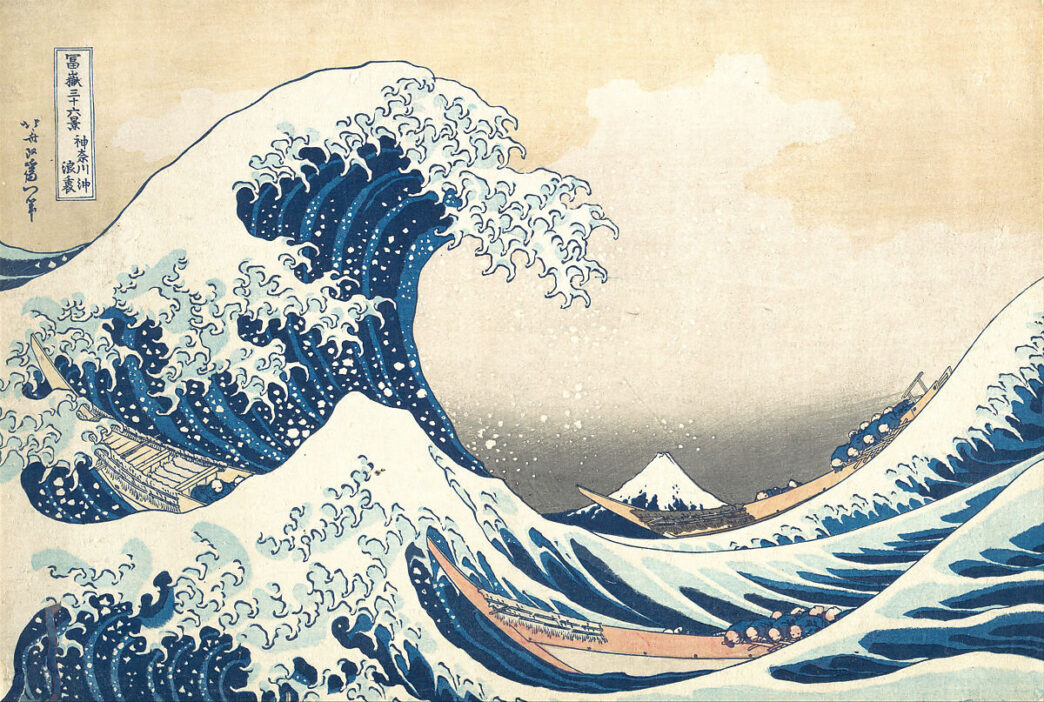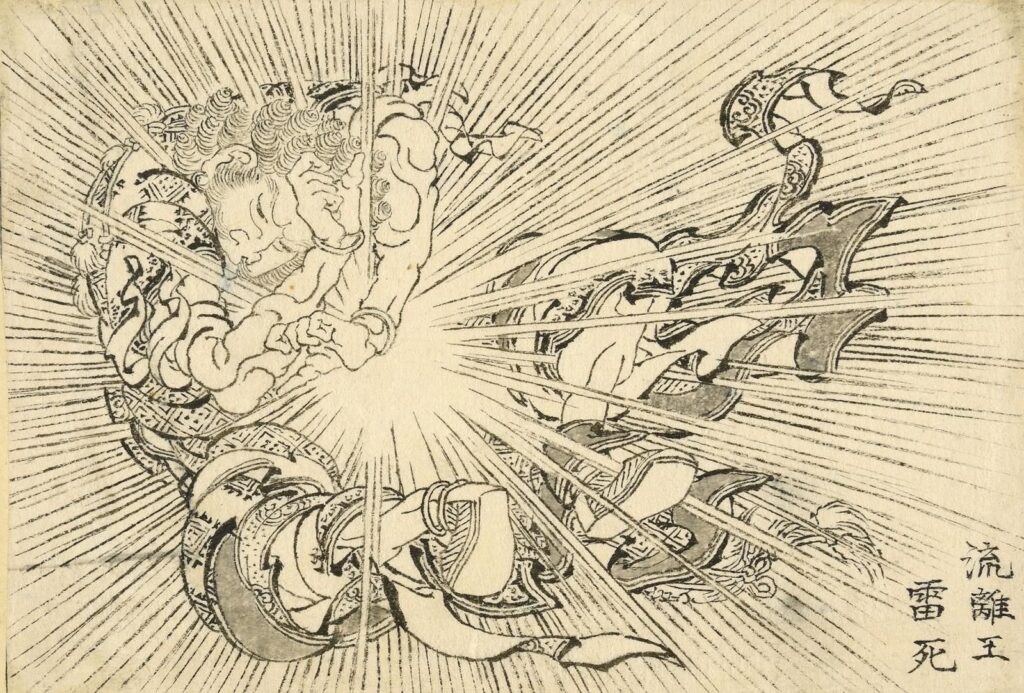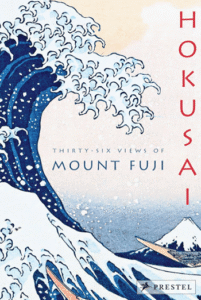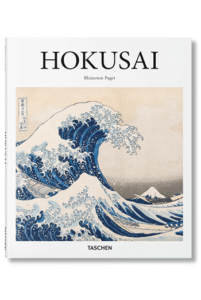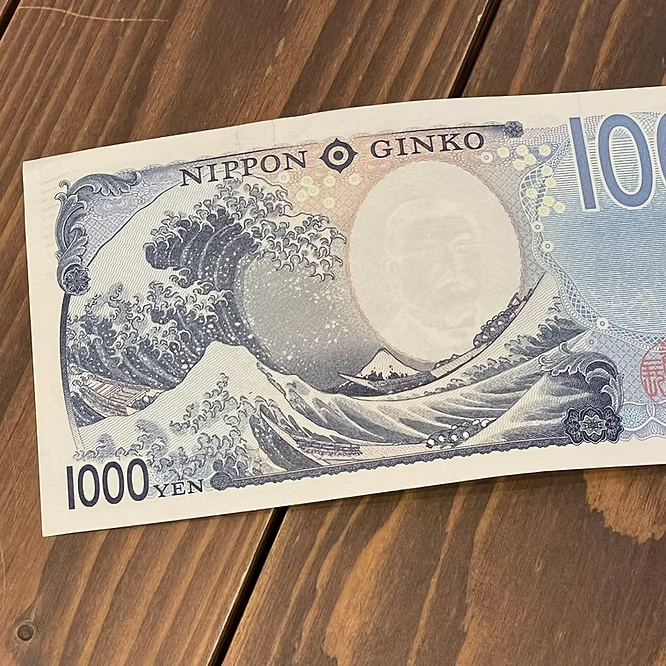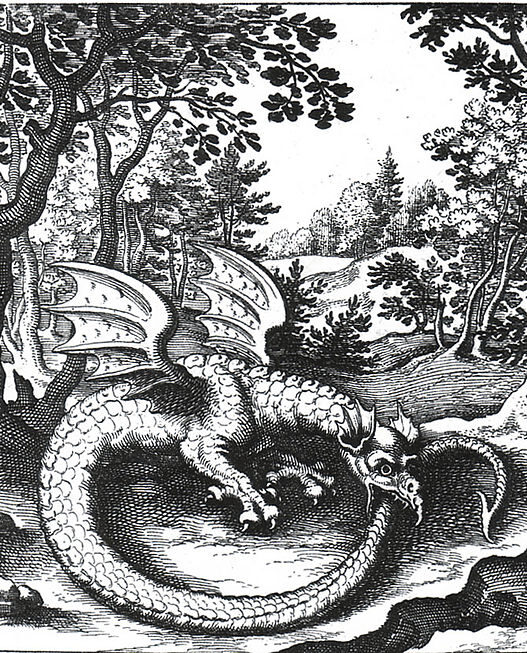Few artworks are as instantly recognisable as The Great Wave off Kanagawa by Katsushika Hokusai. This iconic Japanese wave painting, often simply called the Kanagawa wave, transcends time and culture. But beyond its visual beauty lies powerful symbolism of nature, mortality, and Japanese identity.
In this article, you will find out the deeper meaning behind Hokusai’s artwork, exploring what makes The Great Wave more than just a stunning image.
- The towering, claw-like wave symbolises the Buddhist idea of mujo
- The tiny fishing boats beneath the wave represent human fragility
- Hokusai used Prussian blue, a newly imported pigment at the time.
Who Was Katsushika Hokusai?
Before diving into symbolism, it’s worth noting the legacy of Katsushika Hokusai, one of Japan’s most renowned ukiyo-e artists. At the time he created The Great Wave (circa 1831), Hokusai was in his seventies—reflecting on life, death, and nature’s overwhelming power.
This print is part of his series Thirty-six Views of Mount Fuji, showcasing Japan’s sacred mountain from different perspectives.
The Wave as a Force of Nature
This picture, Virudhaka (Ruriō) Killed by Lightning, is one of Hokusai’s most arresting and lesser-known works. Drawn in delicate ink on paper during the 1820s–1840s, it forms part of his Great Picture Book of Everything—a project that dives deep into myth, legend, and moral consequence. Here, Hokusai captures the exact moment the legendary figure Virudhaka is struck down by a bolt of lightning, a dramatic symbol of karmic retribution.
There’s a raw energy in the composition—lines crackle with tension, the scene almost trembling with divine force. It’s a powerful contrast to his more famous Great Wave off Kanagawa, showing us another side of the artist: not just a master of landscape, but a storyteller unafraid to depict cosmic justice. Preserved today thanks to the Theresia Gerda Buch Bequest and the Art Fund, this picture invites us to reflect on fate, wrongdoing, and the quiet ferocity of ink on paper.
The Wave as a Force of Nature
The central wave looms like a claw, frozen in time just before it crashes down on the helpless fishing boats. It symbolises the uncontrollable power of nature, a recurring theme in Japanese culture influenced by earthquakes, tsunamis, and typhoons.
The one Great Wave featured in the exhibition is a version most people haven’t seen yet—it’s set to be widely released in 2024 on Japan’s new ¥1,000 (approximately $9) banknote. Thanks to a special arrangement with Japan’s Ministry of Finance, the show includes an enlarged reproduction of this upcoming design, offering a rare early glimpse at how Hokusai’s iconic image will soon enter everyday circulation.
Boats of Human Fragility and Perseverance
The tiny fishing boats called oshiokuri-bune are dwarfed by the incoming wave. They represent the fragility of human life in the face of overwhelming forces, yet the fishermen don’t panic. I find myself drawn to their quiet resilience and the strange, uncanny comfort in their calm, a reminder that even when we feel powerless, we can still choose how to face what’s coming.
This dynamic illustrates the yin-yang balance between man and nature—a theme that resonates across much of Hokusai’s artwork.

Fuji’s Permanence vs. Impermanence
In the background, Mount Fuji stands quietly, unfazed by the chaos. In Japanese spirituality, Fuji often symbolises eternity and spiritual grounding. By contrasting the fleeting, explosive energy of the wave with the mountain’s stillness, Hokusai draws attention to Buddhist themes of impermanence (mujo).
Fuji Yama,
Touched by thy divine breath,
We return to the shape of God.
Thy silence is Song,
What moves me most is this silent juxtaposition: Fuji, the immovable mountain that has witnessed countless storms, and the fleeting lives of the fishermen below. It reminds me of how we often anchor ourselves to something when the world around us becomes turbulent
The Colour Symbolism
The use of Prussian blue, a Western pigment, was revolutionary in Japanese prints. It gave the Japanese wave painting a deep, stormy mood. The colour symbolises depth, the unknown, and in some interpretations, mourning or inner reflection.
Historical Symbol of Resilience
Today, The Great Wave off Kanagawa has become a global symbol of resilience, chaos, climate fear, and even pop culture rebellion. It’s been reimagined in everything from tattoos and posters to tech branding.
Visit The Sumida Hokusai Museum when you’re in Japan for an unforgettable journey into the Hokusai’s life.
Did you know: The crest’s shape resembles the kanji character “大” (dai, meaning “great” or “big”), subtly reinforcing the wave’s significance.
Beyond the Great Wave
Hokusai’s The Great Wave Off Kanagawa remains one of the most recognisable and celebrated masterpieces in art history, but its impact goes far beyond a single image. This iconic Japanese woodblock print continues to inspire countless artists, designers, and storytellers, having them flock to Japan to experience the beautiful and symbolic culture in person.
The power of nature, and the timeless beauty of Japanese art speaks through the composition, reflecting on the relationship between humans and the environment, a theme as relevant today as it was in Edo-period Japan. Whether admired for its technical brilliance or its deep symbolism, The Great Wave stands as a testament to the enduring legacy of ukiyo-e and the universal language of art that transcends time and culture.





